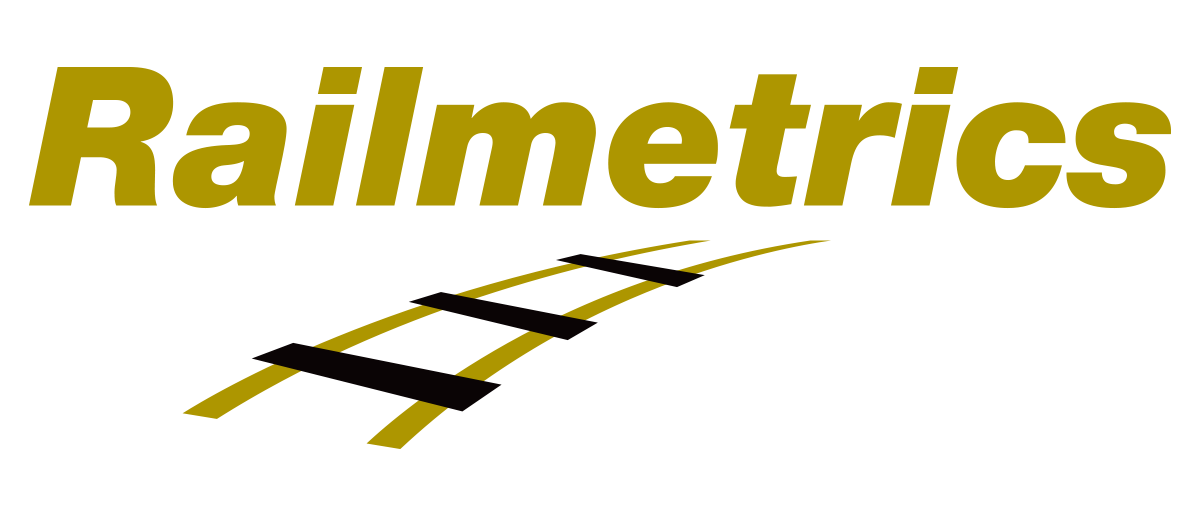Published Thu 29th Aug 2024
Rail engineers face considerable pressure to maintain high levels of asset resilience in the face of a warmer, wetter climate placing unexpected pressures on ageing and over-stretched infrastructure. Whilst the desire to upgrade or replace assets may be strong, the capacity to do so cannot possibly meet the demand, so alternative ways must be found to keep trains running safely and cost-effectively. Access to reliable, continuous data from automated condition monitoring systems can play a vital role in this battle.
Engineers at Senceive have been busy adapting wireless monitoring solutions to address three key aspects of railway infrastructure climate resilience. These are:
- The stability of slopes, including cuttings, natural slopes and embankments, with particular focus on the early detection of landslides, washouts and drainage failures
- Monitoring to detect rockfall events that can cause disruptive and dangerous line blockages
- The effects of high temperature ranges on track – in particular the automated remote detection of track buckle that causes extensive disruption to railways throughout the UK and worldwide.
Slope Stability Monitoring

There is a clear relationship between the increasing frequency of extreme rainfall events and the number of slope failures affecting railway earthworks. Network Rail geotechnical engineers have relied on wireless remote monitoring solutions to provide early warning of landslips since 2019 and have now deployed more than 40,000 Senceive tilt sensors covering around 50 kilometres of the UK network. The technology has come a long way in that time.
One example of this continuous improvement is the slicker integration with borehole monitoring instruments, such as piezometers and inclinometers, meaning that the wireless system can now monitor both shallow and deep ground movement. Another is the transformative improvements made to the system’s cameras, which are triggered automatically by ground movement to provide high resolution images day and night – without needing a flash or illumination source.
Rockfall
Whilst wireless remote monitoring technology has been widely adopted to detect large mass failure of soil slopes, the established methodology is inappropriate for rock slopes, which are characterised by movement of individual boulders or localised debris. Because these smaller objects can fall between tilt sensor locations – yet still pose a significant threat to rail and other infrastructure - a bespoke solution is required.
As the world’s biggest user of wireless slope monitoring, Network Rail expressed interest in adapting the technology. In early 2024 they commissioned trials on rocky slopes at a test site in Switzerland, which supported the development of an innovative multi-mode wireless detection system. In summary, this solution is built around monitoring the effects of rockfall debris hitting catchfences, and it works in three distinct modes to provide a robust, reliable solution with a high detection rate and a low incidence of false alarms.
Mode 1 - rockfall detected by draw wire sensors. This method is based on sensors detecting the extension of a series of draw wires fixed to the fence as a result of loading by rockfall debris. It is particularly sensitive to the gradual accumulation of material over an extended period of time.
Mode 2 – impact on catchfence detected by tilt sensors. This approach is based on impact sensors in the Senceive NanoMacro™ tilt nodes mounted on catchfence stakes detecting a sudden acceleration or shock. It is ideal for detecting instantaneous events such as a small-to-medium sized boulder hitting the fence.
Mode 3 – rotation of catchfence stakes detected by tilt sensors this approach is based on the detection of rotational movement by the highly sensitive tilt sensors in the same NanoMacro nodes described above. Because it requires movement of the catchfence stakes it is the most reliable way of detecting a large-scale rockfall event that hits the fence with significant force.
In addition to the three-pronged detection approach, the Senceive methodology incorporates InfraGuard™ intelligent monitoring technology, meaning that users can expect accelerated reporting and immediate and automated transmission of site photos following an event. Using cameras capable of detecting a football-sized object at a distance of 50 metres in any light conditions, this supports quick decision making and can dramatically reduce the risk of disruption and derailments.
Track buckle

High temperatures and more frequent heatwaves typically cause more than a thousand delays on the UK network every year. Established management steps include visual inspection, localised temperature monitoring and pre-emptive speed restrictions. It is recognised that a smarter approach is needed, and that’s why operators such as Network Rail are seeking to adapt wireless monitoring technologies to detect lateral movement caused by hot weather stressing the rails beyond their design limits.
The Senceive product development team have been busy in recent months fine-tuning a methodology utilising laser displacement sensors deployed in various modes, including parallel with the rail, to detect movement. Because the laser sensor is part of the company’s portfolio of wireless IoT devices it can provide immediate alerts to remote users if movement thresholds are breached. Head of Product Development Dom Kisz is delighted with progress: “results are highly promising and we have the basis of a robust system that can be deployed wherever there is concern about track buckling under the stress of high temperatures”.
Wireless innovation crucial to improved climate resilience
It is clear that wireless monitoring technology has come a long way in two decades, and that constant development and improvement of new applications is helping engineers to address the challenges posed by changing weather conditions.










